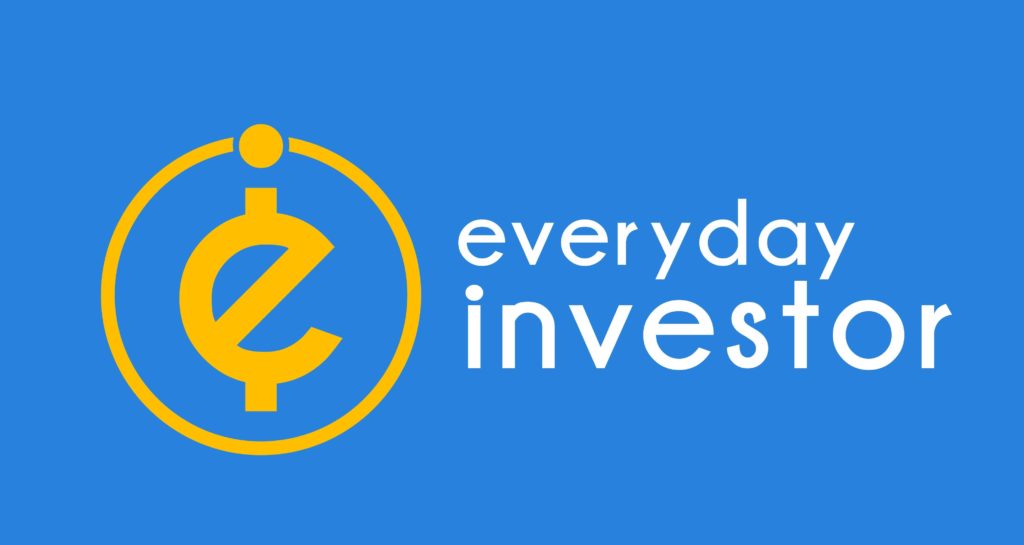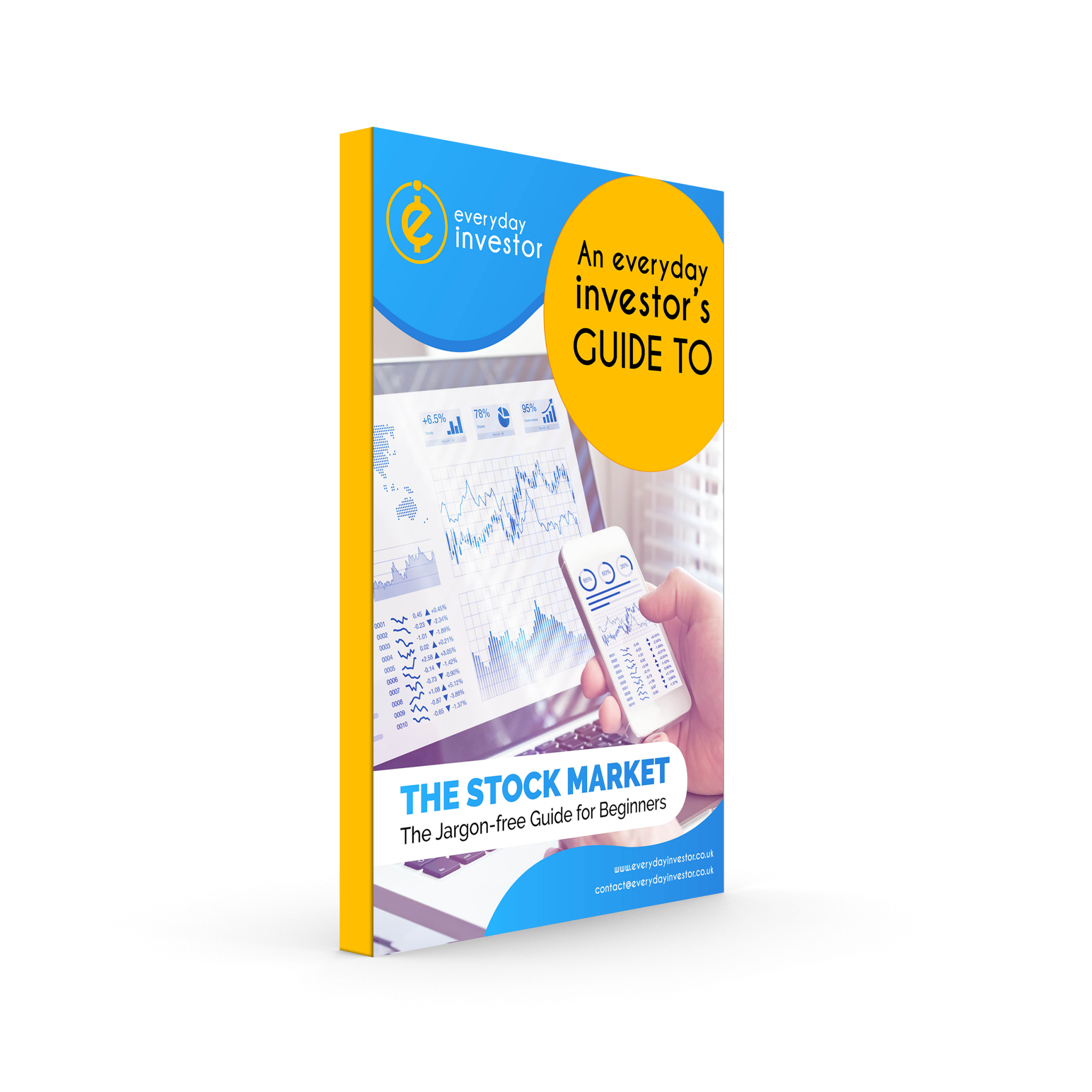The basic principles of investing in a fund
By investing in a fund, you are simply pooling your money together with other people also looking to invest in a fund. A fund takes this money and invests it on your behalf. When it comes to the stock market, there are two types of fund. These are managed funds and passive funds.
Investing in a managed fund
A managed fund is actively managed by a professional fund manager who makes investments on behalf of those putting money in. You may commonly see a managed fund referred to as a mutual fund.
The intention of the fund manager is to provide a return to those investing in the mutual fund. Fund managers aren’t lone wolfs though and will usually be supported by a research team.
Different funds will often have a particular focus. For example, they may focus on investing in particular industries or countries. Fund managers will often buy shares but may invest in other assets too.
Now, let’s break this down further. You will find two different categories of managed funds.
Accumulation Funds
The fund manager will typically focus on growing the total value of the fund. If they are successful in the long-term, the result would be an increase in the value of your stake in the fund. They will continually re-invest profits to help achieve this, rather than paying them out.
Assuming the fund manager is able to deliver this growth, this would allow you to sell your stake in the future for a higher price than the price you paid for it.
Income Funds
The fund manager will place more focus on delivering reliable income in the form of a cash pay-out to those who hold a stake in the fund. This is typically paid annually. Less focus would be placed on growing the total value of the fund in the long-term.
If you are considering investing in a fund you are probably thinking about which type is best. If you were going to invest in a managed fund, what would be best for you would depend on your personal circumstances. It would depend on whether you need stable income now or are prepared to wait for potential future growth.
Investing in a passive fund
Unlike a managed fund a passive fund is one that simply tracks the market over time and is often called an index fund or tracker fund. Whilst managed funds are actively managed in an attempt to maximise returns, passive funds attempt to deliver a steady return over time by investing in an entire market.
There are a whole variety of tracker funds available to invest in. You could, for example invest in a tracker fund that is linked to the FTSE 100. The FTSE 100 index is the collective value of the 100 largest companies, by market value, on the London Stock Exchange.
So, as the total value of the FTSE 100 goes up and down, so does the value of the fund and your stake in it.
It is worth noting that a tracker fund won’t necessarily perfectly mimic the stock market. This deviation is called the tracking error. Different funds compete to have the lowest tracking error.
Investing in an index fund is often seen as an easier and quicker way of investing in a fund as there is less research involved. There are less index fund options than there are managed fund options to compare and monitor.
Why do people invest in a fund instead of buying shares?
There are of course, upsides and downsides to both approaches. Funds typically offer a simpler way of investing in the stock market. They require less time and effort as your money is managed for you. Investment funds can also allow you to invest lower amounts if you can not afford to pay the price of an individual share.
How much does investing in a fund cost?
Similar to buying shares, you can invest in a fund using an online platform. The transaction fees for buying into funds are typically lower than the transaction fees for purchasing shares.
With a fund, however, you will usually have to pay some on-going fees.
For a managed fund you will find the average fee is around 0.75% of the value of your stake annually.
Fees for passive funds tend to be a bit less. This is owing to the fact you are not paying for somebody to actively manage the investment. Some tracker funds are available for a 0.1%-0.2% annual charge. Certain platforms may also charge an additional admin fee for investing your money through their service. You can read more in our article explaining different investing charges.
Keeping it simple
There are two main ways to invest in the stock market. The first option is to buy individual shares. The second option is to invest in a fund by buying a stake in it.
There are two types of funds. Ones that are actively managed by a fund manager and ones that are linked to the performance of a particular market.
If you’re keen to learn more make sure you check out the rest of our website or grab a copy of our free Beginner’s Guide to Investing in the Stock Market.
All our content is provided for educational purposes only, to help you make your own decisions. We don’t provide personalised advice and therefore our content should not be considered an invitation, inducement or recommendation to engage in any particular investment activity. Please review our disclaimer and website terms for full details.








